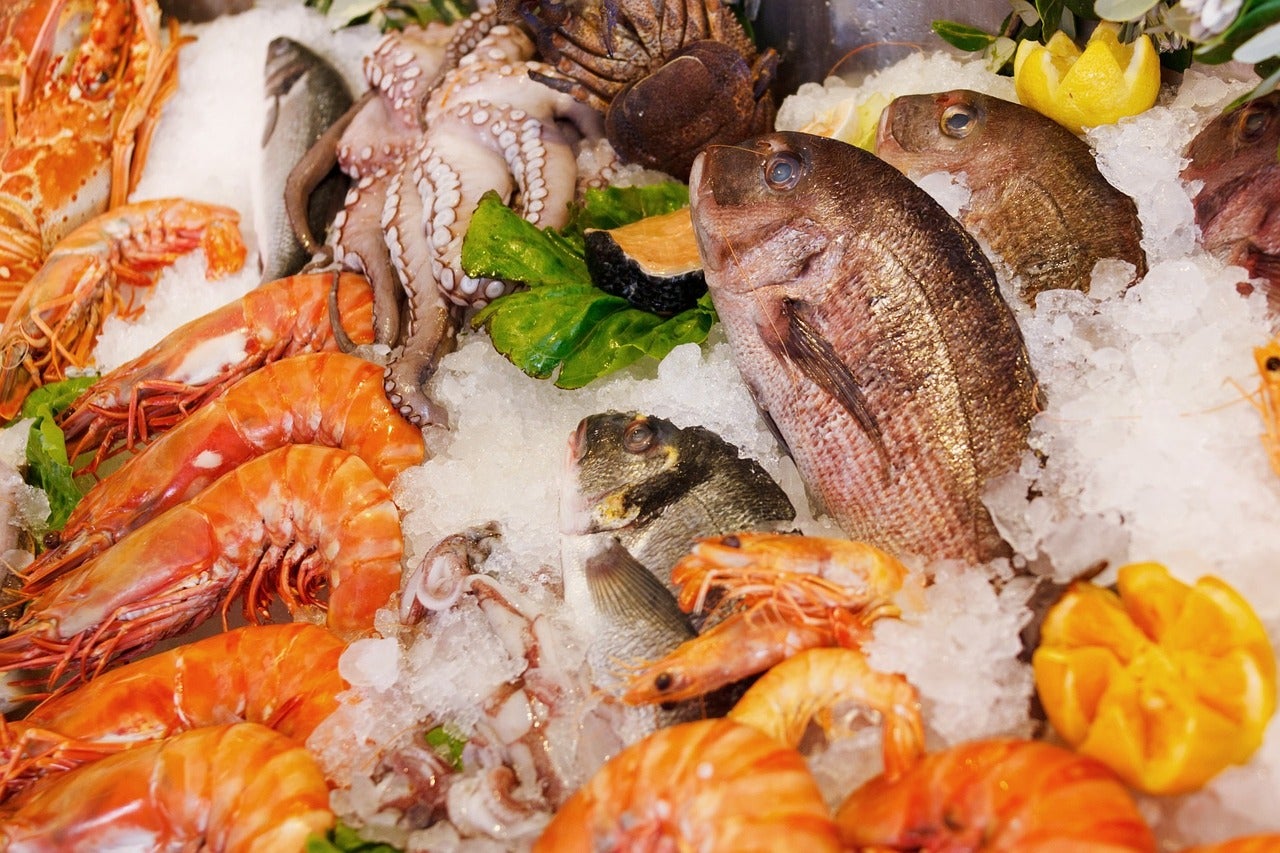
Lerøy Seafood, one of Norway’s largest seafood groups, has announced plans to invest in one of its domestic facilities despite the hit it is likely to take from the country’s planned aquaculture tax.
It is to pump NOK158m ($15m) into its Kjøllefjord plant in the Eastern Finnmark region, which specialises in king crab and white fish and from where products are sent to customers all over the world.
Norway’s major seafood firms have threatened to invest in production outside of the country rather than domestically in response to a proposed government aquaculture tax, but this is Lerøy’s second significant capex announcement in six months,
In March, in announced it would invest NOK204m in its fillet factory in Båtsfjord, also in Eastern Finnmark.
The company said its investment in Kjøllefjord will increase the efficiency and capacity of the facility and provide room for new investment areas and opportunities in seafood in the future.
CEO Børge Soleng said: “A significant part of the existing building stock will be demolished and rebuilt and replaced with a completely new building and new production equipment.
“We have great faith in the production of seafood in Finnnark and we look forward to further developing the potential here.”
He added: “Our aim is to process more of what is fished in Norway. This will also ensure activity and jobs along the coast. The investments we are now making are visible proof of this. These are large investments that are based on trust in the politicians’ promise of predictable framework conditions.”
In March, the Norwegian government announced its controversial plan to introduce an aquaculture tax of 40% on the profits of salmon and trout farmers had been scaled back.
The updated proposal was for a 35% resource rent tax on seafood company profits.
That would mean the country’s seafood majors would face an overall tax burden of 57%, including corporate tax.
Work at the Kjøllefjord facility will start in 2024 and will last a year.
